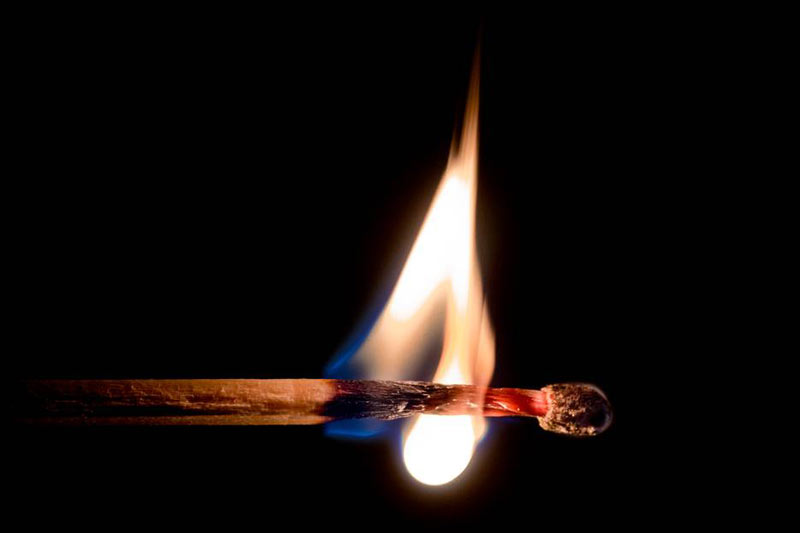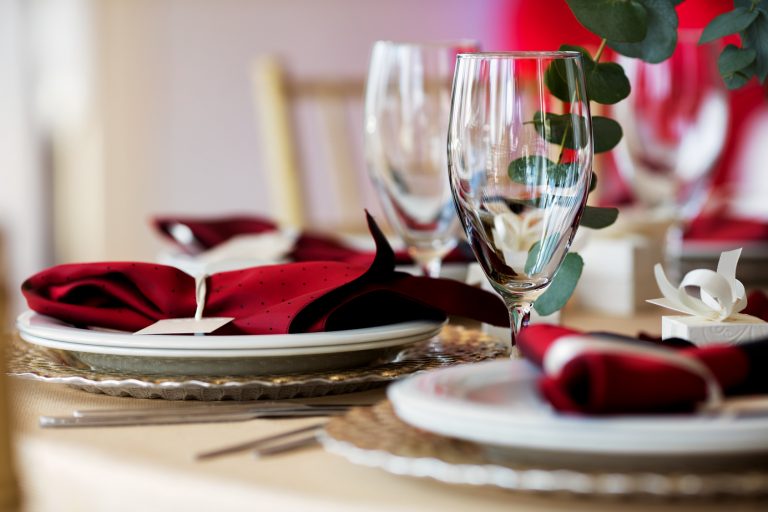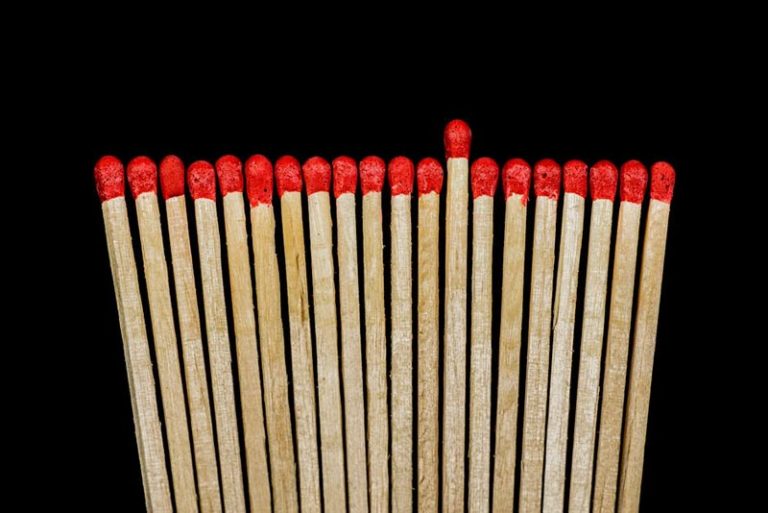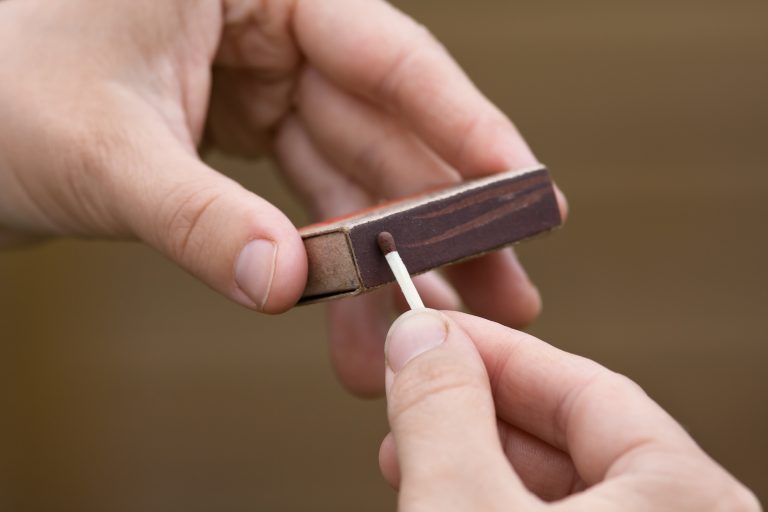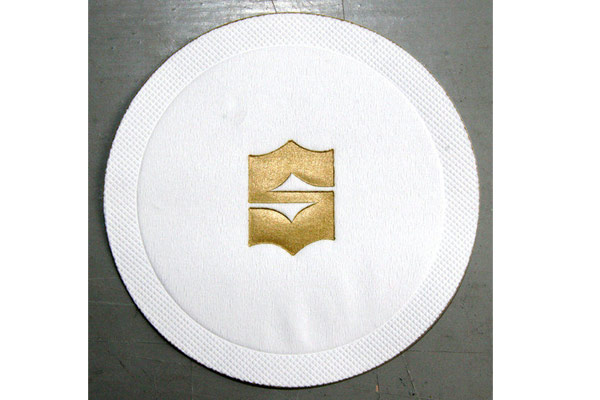How Are Matches Made? The Materials Used in Making Boxed Matches
Everyone knows what matches do, but how are matches made? What makes them flammable? What keeps them from igniting in the matchbook?
If these are the questions that plague you, look no further. Here are the highlights of what goes on behind the making of a match.
How Are Matches Made?
Matches consist of basically two parts: a head and a handle. The head contains tinder (i.e. ignition material) that catches fire when struck against a particular surface. The handle, or “matchstick,” is the wooden part that the user holds when striking the match.
What Wood Are Matches Made From?
Traditionally, the handle of a matchstick was made from poplar, pine, or aspen wood. These woods were favored for their light color and ability to splinter. That breakability factor still drives match users insane, but it is the price match manufacturers pay for wood that they can easily trim into thin sticks.
Nowadays, the type of wood does not matter as much as the way it is processed. Specifically, they are soaked in flame retardant material to keep the matchsticks from catching fire when the match heads are struck. Most manufacturers choose ammonium phosphate for this soaking agent.
Head of a Match
The head of the match contains a combination of flammable chemicals. The most popular chemicals are phosphorous sulfide and potassium chlorate. Cheap matches may use pure sulfur and glass shavings. Whatever the composition, the match head is dipped in paraffin wax to keep it safe from liquids and add an extra layer of flammability.
How Are Matches Sold?
Matches are sold in a variety of types and quantities. Most customers who buy matches do so in bulk. There are two main offerings for bulk matches: matchbooks and box matches.
Matchbooks, or books of matches, are small, flip-top containers that can easily fit in a pocket or wallet. The inside contains both the matches and a strip of powdered glass and some combination of adhesives, like formaldehyde and gum arabic. This special formula works with the match head to ignite it when a user scratches the two together. Matchbooks usually contain 24 matches.
Box matches, or matchboxes, are bigger than matchbooks in every feasible way. The boxes are bigger, the matches themselves are longer and more durable, and there is more in the way of quantity. Most matchboxes carry between 50 and 100 matches. Matchboxes are slide-open cases with an outer cardboard sleeve to keep the matches in the inner box dry and clean. The ignition strip is usually on the outer sleeve.
Not everyone needs this many matches. If you only need a few, you can purchase loose matchsticks. Loose matchsticks come in quantities as few as one match per order, but most retailers sell them in multiples of 3 or 5.
Buy Customized Matchbooks
To get an edge on competitors, modern match retailers sell them in customizable sleeves, books, and boxes. These are great for advertising events, like concerts, parades, and even weddings. Customers can also use them in lieu of business cards for a truly unique flair (pun definitely intended). Learning to use matches in new and exciting ways is just as interesting as the answer to the question, “How are matches made?”
If you want to know more, check out Wagner Match. We have been in business for nearly 40 years, and we know just what it takes to make our customers happy. To get a quote on any of our matches or other products, send your request here.
Wagner Match has specialized in providing impeccable service to the hospitality, entertainment and service industries since 1981.

